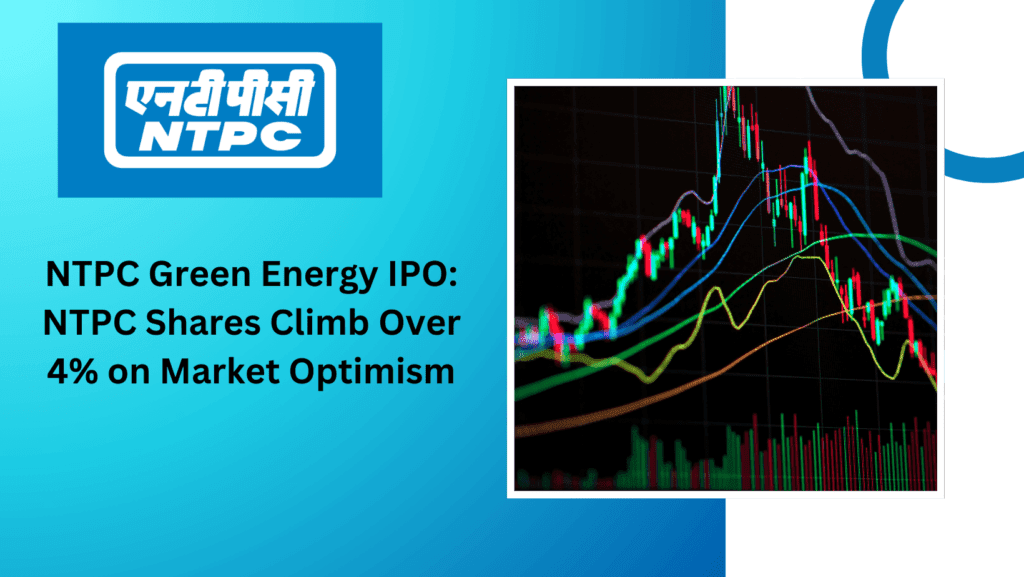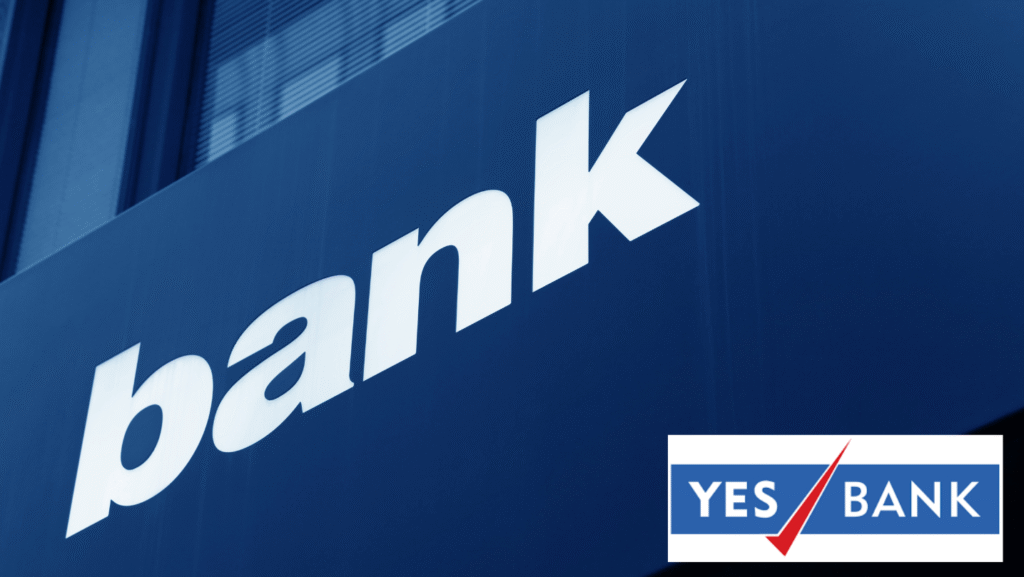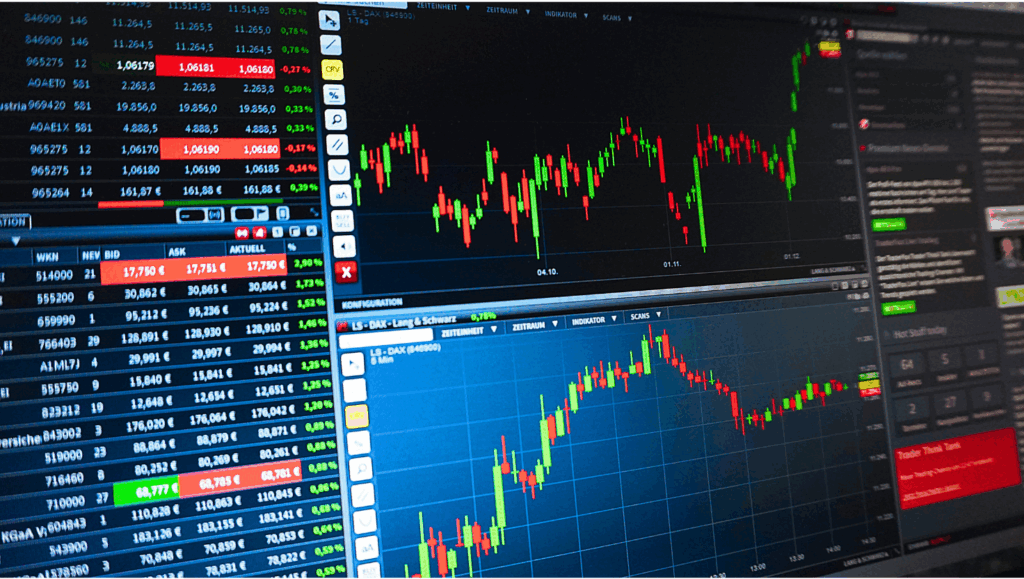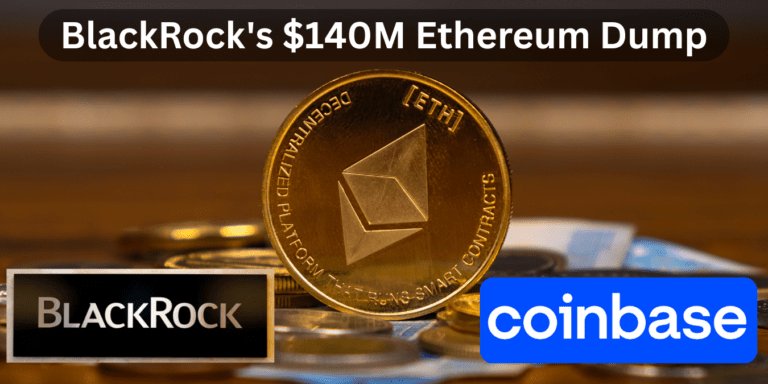
The top stocks poised to dominate on July 28, 2025! From water treatment giants to banking titans, discover surprising opportunities and hidden risks. Will global tensions and earnings shocks spark a market twist? Dive into this suspenseful analysis to uncover India’s hottest investment prospects!
The Indian stock market, represented by indices like the Sensex and Nifty 50, has shown resilience despite global economic uncertainties, delivering annualized returns of 10-12% over the past five years. As of July 28, 2025, the market is navigating a complex landscape shaped by domestic earnings, global trade tensions, and macroeconomic shifts. This analysis highlights top stocks to watch, key global and Indian news impacting the market, and the pros and cons of investing in these stocks, based on recent trends and expert recommendations.
Global International News Impacting the Indian Stock Market
- U.S. Federal Reserve Policy: The U.S. Federal Reserve’s stance on interest rates remains a critical factor. Recent strong U.S. CPI data has reduced expectations for rate cuts in July 2025, strengthening the dollar and pressuring the Indian rupee (nearing ₹86.30). This could lead to foreign institutional investor (FII) outflows, impacting Indian equities. Markets are pricing in limited rate cuts due to sticky inflation and U.S. fiscal deficits, with weekly debt issuance nearing $500 billion.
- Global Trade Tensions: Ongoing India-U.S. trade talks and potential Trump tariffs are creating uncertainty. India’s protection of sensitive sectors like dairy and gold could limit market access for foreign players, while China’s restrictions on rare earth exports may impact supply chains for Indian manufacturing and EV sectors.
- Oil Price Volatility: Global oil prices are declining slightly, with Brent futures at $84.62 and WTI at $80.59. Weak demand from China (4.7% GDP growth) and planned refinery maintenance are contributing factors. Lower oil prices could ease India’s import bill, benefiting sectors like FMCG and transportation, but volatility remains a risk.
- Geopolitical Uncertainty: Conflicts and war fears, including in the Middle East, are driving demand for safe-haven assets like gold, which is trading in the $2,400–$2,450 range. This could divert investment from equities, impacting Indian markets.
Indian News Impacting the Stock Market
- Q1 FY26 Earnings: The ongoing Q1 FY26 earnings season is a key driver. Strong performances from HDFC Bank, ICICI Bank, and Reliance Industries (net profit up 76% YoY to ₹26,994 crore, including a one-time gain) have buoyed market sentiment. However, weak earnings from companies like IndusInd Bank (profit down 91% YoY) and GMM Pfaudler (40% YoY profit drop) highlight sectoral challenges.
- TCS Layoffs: Tata Consultancy Services (TCS) plans to cut 12,000 jobs (2% of its workforce) in 2025, focusing on retraining and redeployment into AI-driven markets. This could pressure IT stocks in the short term but signals long-term adaptation to technological shifts.
- Government Initiatives: The Indian government’s focus on infrastructure, renewable energy, and production-linked incentive (PLI) schemes continues to support sectors like manufacturing and electricals. The Union Budget 2024’s emphasis on rural development and job creation (₹2 lakh crore allocation) boosts FMCG and affordable housing finance stocks.
- Market Corrections: The Indian market closed at a one-month low on July 25, 2025, due to weak corporate earnings, FII outflows, and global trade uncertainties. The Nifty ended 0.5% lower, with 66% of Nifty50 stocks showing short buildup, potentially signaling a contrarian bounce-back opportunity.
Sectoral Analysis
- Banking and Financials: Strong Q1 results from HDFC Bank and ICICI Bank, coupled with government support for job creation, make banking stocks attractive. However, high interest rates and FII outflows pose risks.
- Infrastructure and Water Treatment: VA Tech WABAG and JSW Infrastructure benefit from government capex and global demand for sustainable solutions. Execution risks and high capex remain concerns.
- Pharmaceuticals: Torrent Pharma’s acquisition-driven growth and focus on chronic therapies make it a standout. Regulatory and currency risks persist.
- Insurance: SBI Life Insurance capitalizes on rising insurance penetration, but market-linked products introduce volatility.
- FMCG and Consumer Goods: Budget-driven rural consumption and stable demand for staples support FMCG stocks. Inflation and discretionary spending declines are headwinds.
Top Stocks to Watch
Based on recent analyst recommendations and market performance, the following stocks are poised for significant movement on July 28, 2025:
1. VA Tech WABAG
Sector: Water Treatment
Current Market Price (CMP): ~₹1,200 (indicative)
Target Price: ₹1,500–₹1,600
Upside Potential: 25–33%
Analysis: VA Tech WABAG, a global leader in water treatment, benefits from rising demand driven by pollution, scarcity, and regulatory needs. Its asset-light model, 125+ intellectual property rights, and a robust ₹137 billion order book (4.2x FY25 revenue) support a projected revenue CAGR of 15–20% over FY25–28. Strategic initiatives like ‘Wriddhi’ enhance growth and profitability, with improving margins and strong free cash flow (~₹3.5 billion/year). The company’s net cash status and rising RoCE/RoE make it a high-quality compounder. Pros:
- Strong order book and bid pipeline ensure revenue visibility.
- High-margin engineering and procurement projects boost profitability.
- Global ranking (3rd among private water operators) enhances credibility.
Cons: - Exposure to regulatory risks in international markets.
- Project execution delays could impact revenue recognition.
2. HDFC Bank
Sector: Banking
CMP: ~₹1,600
Target Price: ₹1,800–₹1,900
Upside Potential: 12–18%
Analysis: HDFC Bank is well-positioned for an earnings rebound, driven by improving loan growth in commercial, rural banking, SME, and retail segments. Its Q1 FY26 results showed a 5.4% YoY increase in net interest income (₹31,438 crore) and a net profit of ₹18,155 crore. The bank’s board approved a 1:1 bonus issue and a ₹5 per share special interim dividend, signaling confidence. Analysts expect robust performance in 2025, supported by stable credit costs and excess provisions. Pros:
- Strong balance sheet with excess provisions cushions risks.
- Leadership in retail and SME lending ensures steady growth.
- Bonus issue and dividend enhance shareholder value.
Cons: - High interest rates may pressure net interest margins.
- Competition from fintech and NBFCs could erode market share.
3. SBI Life Insurance
Sector: Insurance
CMP: ~₹1,833
Target Price: ₹2,000
Upside Potential: ~9%
Analysis: Morgan Stanley’s overweight rating on SBI Life Insurance reflects optimism after positive Q1 FY26 results. The company benefits from rising insurance penetration in India and strong distribution networks. Its focus on protection and annuity products supports stable revenue growth. However, analysts note potential volatility due to market-linked product performance. Pros:
- Strong brand and distribution network drive market share.
- Growing demand for insurance products in India.
- Stable financials with consistent premium growth.
Cons: - Sensitivity to equity market fluctuations.
- Regulatory changes in the insurance sector could impact margins.
4. Torrent Pharma
Sector: Pharmaceuticals
CMP: ~₹3,800
Target Price: ₹4,100
Upside Potential: ~8%
Analysis: Investec upgraded Torrent Pharma to a buy rating with a target price of ₹4,100, citing its acquisition of JB Chemicals & Pharmaceuticals, which strengthens its position in chronic, probiotics, and GI segments. The acquisition is expected to be EPS-accretive by FY28. The company’s focus on branded generics and domestic market growth supports its outlook. Pros:
- Strategic acquisition enhances market presence.
- Strong domestic and emerging market performance.
- Robust pipeline in chronic therapies.
Cons: - Integration risks from recent acquisitions.
- Currency fluctuations may impact export revenues.
5. JSW Infrastructure
Sector: Infrastructure
CMP: ~₹310
Target Price: ₹375
Upside Potential: 21%
Analysis: JSW Infrastructure, the second-largest private port operator in India, is undertaking a ₹30,000 crore capex plan to expand cargo handling capacity from 170 mtpa to 288 mtpa by FY28. Its strong balance sheet and focus on organic and inorganic growth make it a compelling pick. Q1 FY26 operational revenue grew 21.2% YoY to ₹1,224 crore, reflecting robust demand. Pros:
- Massive capex plan supports long-term growth.
- Strategic port locations enhance competitive advantage.
- Strong financials with healthy cash flows.
Cons: - High capex may strain short-term profitability.
- Dependence on global trade volumes introduces volatility.
Pros and Cons of Investing in the Indian Stock Market
Pros:
- Resilient Growth: The Sensex and Nifty’s 10-12% annualized returns reflect India’s strong economic fundamentals.
- Government Support: PLI schemes, infrastructure spending, and rural development initiatives create a positive backdrop.
- Sectoral Opportunities: Electricals, infrastructure, and renewables benefit from long-term growth themes like sustainability.
- Earnings Recovery: Analysts expect FY26 to outperform FY25, driven by private capex and easing inflation.
Cons:
- Global Uncertainties: U.S. monetary policy, trade tensions, and geopolitical risks could trigger FII outflows.
- Earnings Volatility: Weak Q1 results from some companies highlight sectoral disparities.
- Valuation Concerns: High market valuations may lead to corrections, especially in midcap and smallcap segments.
- Rupee Depreciation: A weakening rupee (nearing ₹86.30) increases import costs, impacting margins.
Final Thought
On July 28, 2025, investors should focus on stocks like VA Tech WABAG, HDFC Bank, SBI Life Insurance, Torrent Pharma, and JSW Infrastructure, which offer strong growth potential driven by sectoral tailwinds and robust fundamentals. However, global trade tensions, U.S. monetary policy, and domestic earnings volatility warrant caution. The Indian market’s long-term prospects remain strong, supported by government initiatives and corporate earnings recovery, but short-term corrections are possible. Investors should adopt a selective, research-driven approach, balancing opportunities in banking, infrastructure, and pharmaceuticals with risks from global and domestic headwinds.
Disclaimer: Stock recommendations are based on analyst views and market data as of July 28, 2025. Always consult a qualified financial advisor before making investment decisions.
































